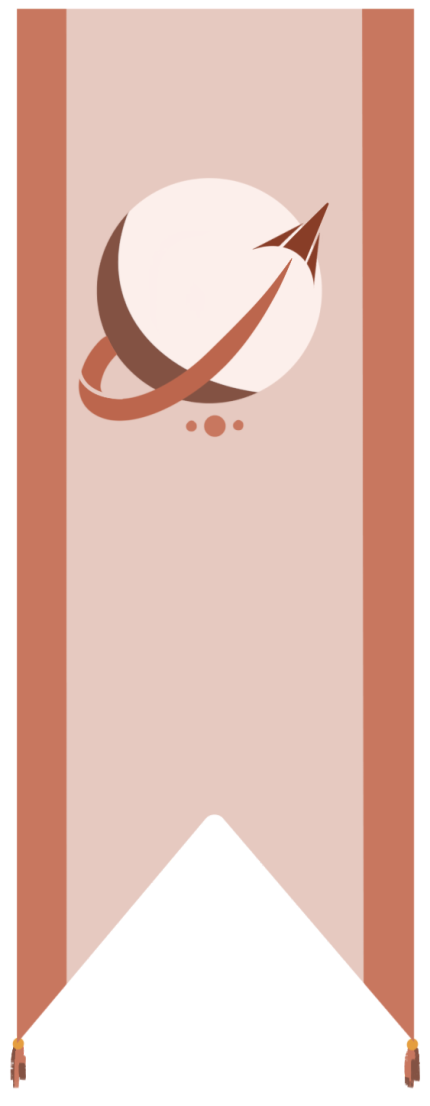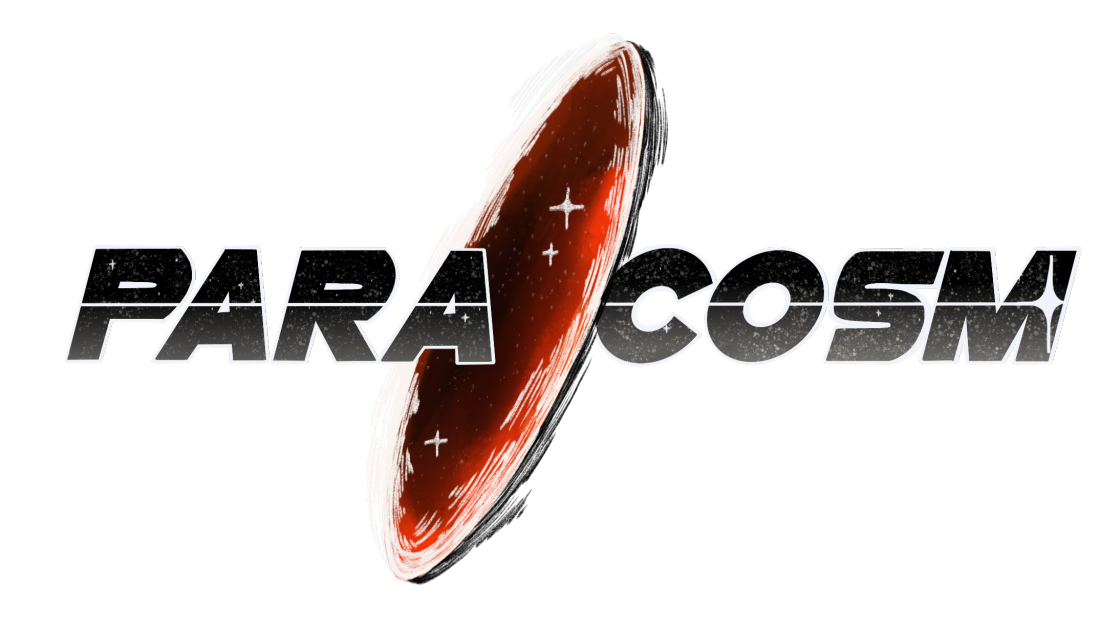
THE MANY MOONS OF KEPLA AND THE MOONFARMING SYSTEM


With near countless moons, the many satellites of the goddess planets are beacons of opportunity. Ranging from mere meteors caught in the gravitational pull of the planets to large planetesimals. With so many resources, the moons are utilized in different ways: some are home to mines, others to greenhouses, and more to an energy harvesting method called the moonfarm system.
The moonfarm system, created by the regent Nedia Orujhone, is a way to combat the ever-present energy crisis in the wake of the sun. By utilizing large-scale solar panels and placing them on moons, light can be absorbed from distant stars and converted into electricity. The electricity is transferred to batteries the size of buildings and brought back to Jhone for transferral and consumption. These batteries are one of Jhone's biggest exports, along with raw goods and agriculture.
The moons that are a part of the moonfarm system are covered in large satellites, some spanning the size of a football field. They can move along with the rotation of the moon and be directed toward stars. Lunar bases are typically built at the poles -- or, if unapplicable, then a designated point along the moon. The many engineers, mechanics, and technicians that keep the moonfarm running call these bases home. The bases have multiple sections: an observatory, hangar, dormitories, greenhouse, and medical wing. Some moonbases also have a recreation center, though it depends varying in size and population.
The moons themselves are composed of silicon and other terrestrial ores, varying on the satellite. Along with the moonfarm system, many moons have mines to harvest materials such as iron, magnesium, aluminum, and other precious resources. Typically, moons not involved in the moonfarm system are kept so due to this reason. Most moons have a weak, but still present atmosphere, as it is believed that many of the moons were once a larger fourth planet within the Keplan solar system. Damage to the surface of these moons shows evidence of a meteor impact that shattered the planet into smaller satellites, which were pulled in to the gravitational pull of the goddess planets.
As the moonfarm system has become so prominent, a new Keplan subculture has arisen with it; lunar Keplans are most often workers and tradesmen and spend months at a time working on moonfarms. Returning to their respective planets has a feeling of culture shock; different timezones, routines, ethics, and livelihoods combine into either a foreignness once familiar to them, or a feeling of finally returning home. Typically within the workforce, workers will live on a moon and carry out their job for a span ranging from 3-6 months, and afterwards will return home until the next group of workers cycles through for the next season. It's a relatively simple job changing with the seasons. Workers are paid for their off-time.

TRIVIA
- While the lunar flag encapsulates all of the moons, many will often add their own flair to signify which moon one is from. For example, Getti has a triangle underneath the main logo.
- The moons are often used as rest stops for travellers. Getti, being the largest, sees the most activity.
